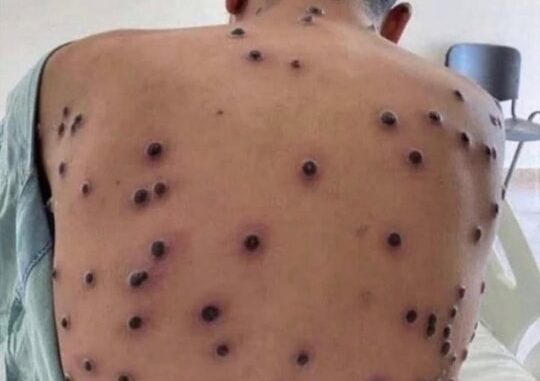
Acne appears in different forms, with each pimple forming from blocked pores due to dead skin, oil, and debris. It can turn into various types of blemishes, including large, red cysts, or smaller, speckled blackheads and whiteheads.
Acne can be divided into two categories: non-inflammatory (whiteheads, blackheads) and inflammatory (papules, pustules, nodules, cysts). Non-inflammatory acne is caused by clogged pores, while inflammatory acne involves more painful, swollen breakouts.
Whiteheads are closed comedones, appearing as small, flesh-colored bumps. They can be treated with AHAs, BHAs, retinol, and regular peels.
Blackheads are open comedones caused by exposed, oxidized debris. Treatment involves similar methods to whiteheads, including AHAs, BHAs, and blackhead removers.
Subclinical Acne refers to clogged pores that haven’t yet formed visible pimples. Retinol, salicylic acid, and benzoyl peroxide can help prevent further inflammation.
Papules are red, inflamed bumps caused by bacterial overgrowth in clogged pores. Treatment includes aloe vera, benzoyl peroxide, tea tree oil, and blue light therapy.
Pustules are papules with pus at the tip. To treat them, use ice to reduce swelling, spot treatments, and blue light therapy.
Nodules are hard, painful lumps under the skin and may require professional treatment like peels or medications from a dermatologist.
Cysts are deep, inflamed pimples that never surface, requiring professional care and treatment with chamomile, retinol, or other skincare products to prevent scarring.
The key to treating acne lies in identifying its type and using specific treatments while also considering diet, stress, and lifestyle factors.